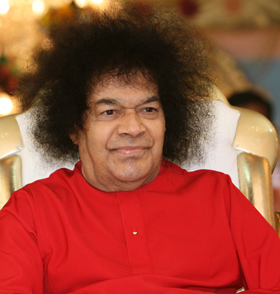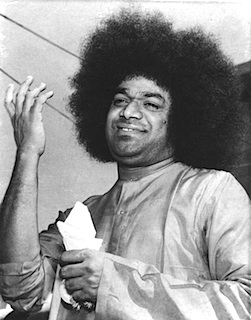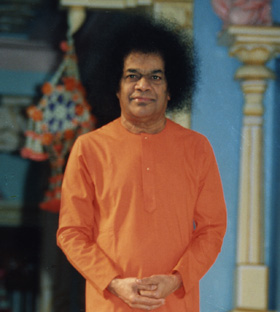P.J.
0
When devotees pray to Bhagawan Baba sincerely making all their actions as offering to God, they will certainly receive appropriate grace from the Divine.

There are 9 Types of devotion: - 1.Shravanam (listening to the glory of the Lord),
2.Keerthanam (singing),
3.Vishnusmaranam (remembering),
4.Padasevanam (adoration),
5.Vandanam (saluting),
6.Archanam (worshipping),
7. Dasyam (obedient service),
8.Sneham (friendship) and
9.Atmanivedanam (self-surrender).
In whichever way you offer worship, God responds
in the same way. When you surrender all your actions,
you will surely receive His Grace.
SAIRAM

There are 9 Types of devotion: - 1.Shravanam (listening to the glory of the Lord),
2.Keerthanam (singing),
3.Vishnusmaranam (remembering),
4.Padasevanam (adoration),
5.Vandanam (saluting),
6.Archanam (worshipping),
7. Dasyam (obedient service),
8.Sneham (friendship) and
9.Atmanivedanam (self-surrender).
In whichever way you offer worship, God responds
in the same way. When you surrender all your actions,
you will surely receive His Grace.
SAIRAM








